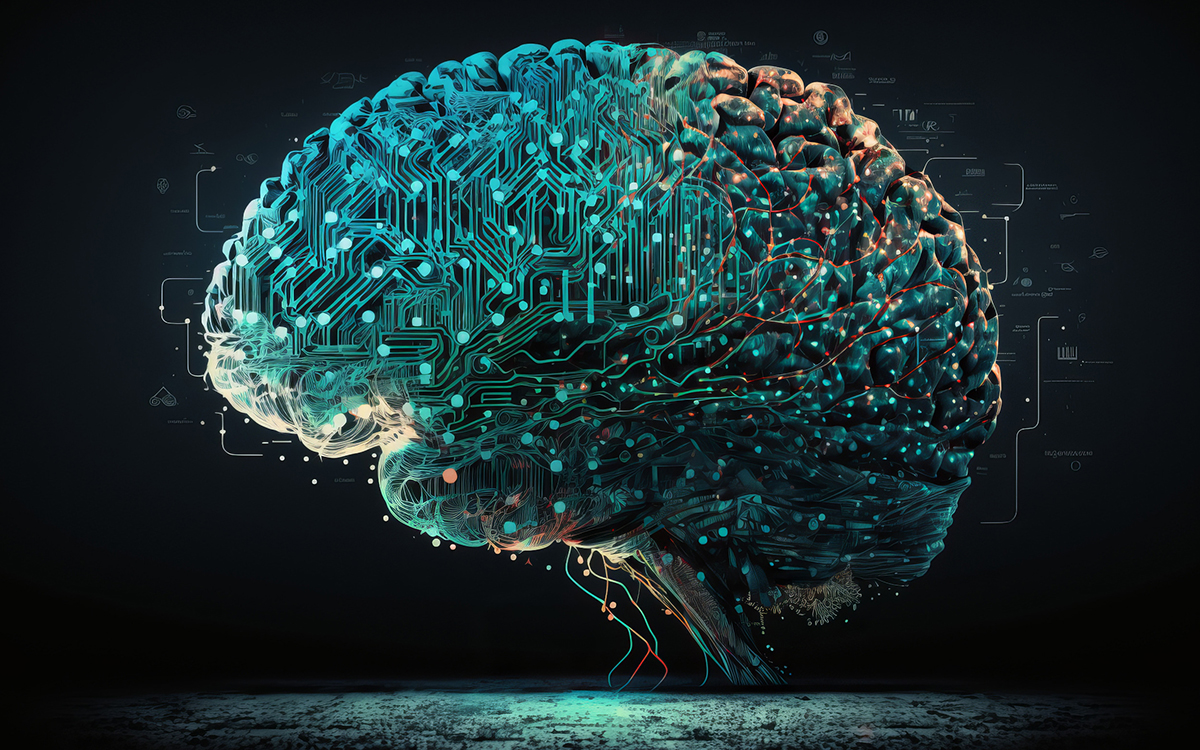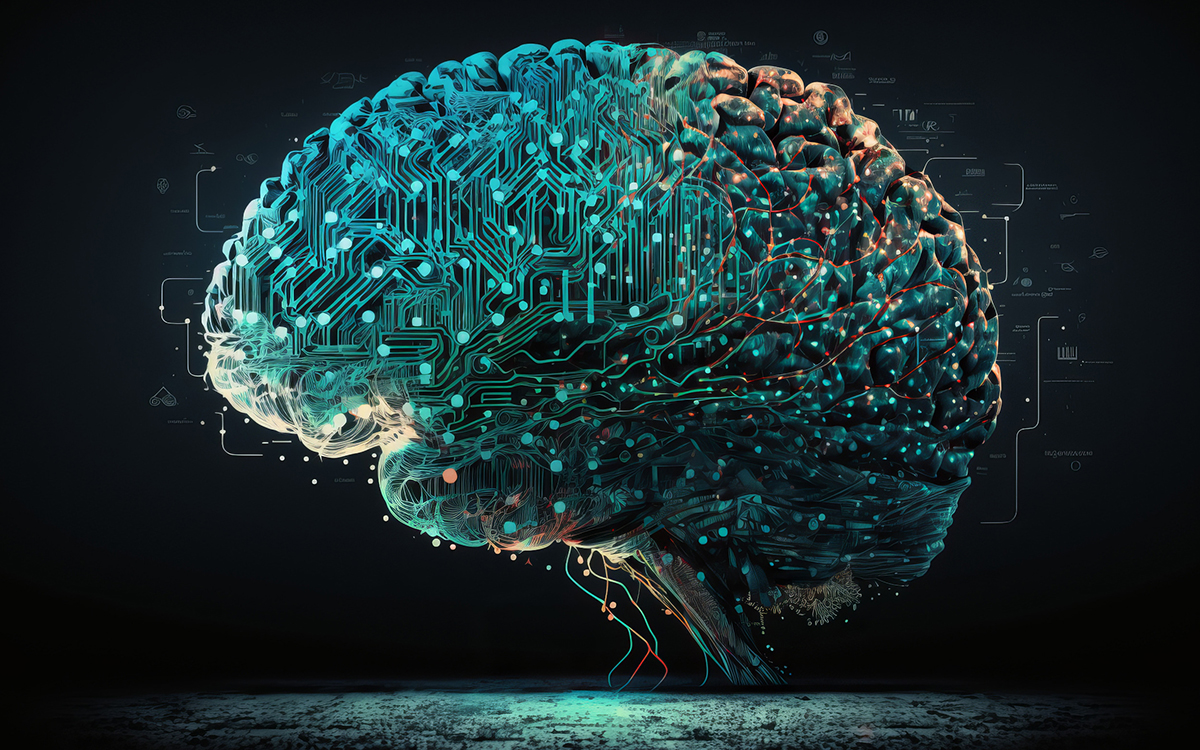Scientists have succeeded in creating a neural network capable of assimilating language globally, while learning from its mistakes. A revolution in the world of artificial intelligence.

It cannot be denied that the conversational bots like ChatGPT or Bard from Google are awesome. It’s a bit like knowing someone who has the answer to everything. THE chatbots are even able to formulate our own thoughts in the way we would like to express them. Their secret: extraordinary learning ability that no human can ever achieve. Obviously, being able toassimilate the billions of information on the Web in just a few minutes, it helps. But this strength is paradoxically a weakness.
For learn a new wordthe AI must be faced with many situations in which it is used. She cannot “suppose” anything without having learned it beforehand. Human beings don’t work like that. If you learn the phrase “the cat chases the dog”, you actually understand “the dog chases the cat”. In the same way, once you have assimilated the meaning of a word, you can spontaneously use it in multiple contexts without making any effort. Not artificial intelligence, at least so far.
New neural network learns language like humans
A team of scientists has developed a neural network that learns new words like humans. To test it, a group of individuals were presented with words they did not know. They then had to make associations between words and colored circles according to various parameters. The experiment actually reproduces the how humans learn new words. THE success rate is 80% approximately. Faced with the same experience, the neural network does as well, or even better. More surprising: he learns from his mistakeshaving been programmed to react like us in the event of a wrong answer.
Also read – This AI can read your mind, Meta reveals stunning results
To compare, ChatGPT has an error rate between 42 and 86%, depending on how the task is presented. It is indeed a revolution that could transform AI learning. They would do so more efficiently, with less data, and by minimizing the risk of “hallucinations” (a false or misleading response presented by the AI as a proven fact). It is now a matter of finding how to extend the system, for example to images.
Source: Nature
